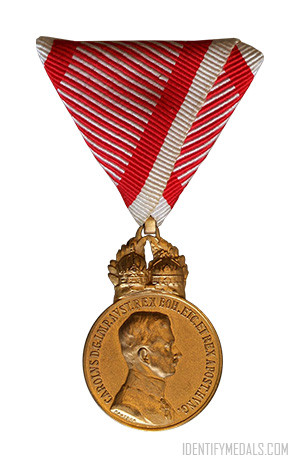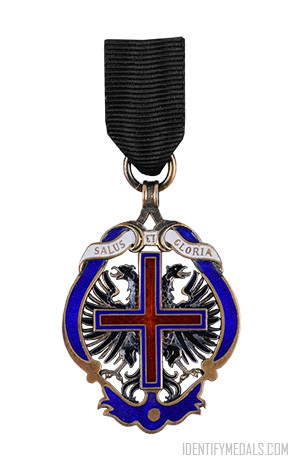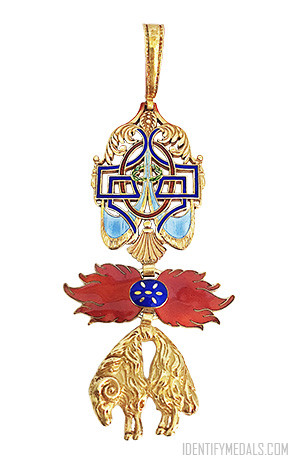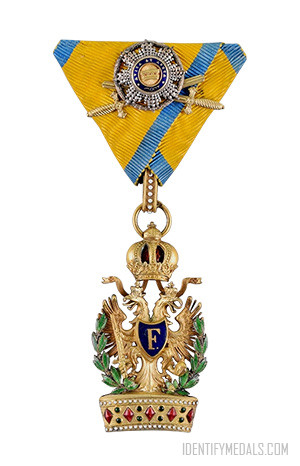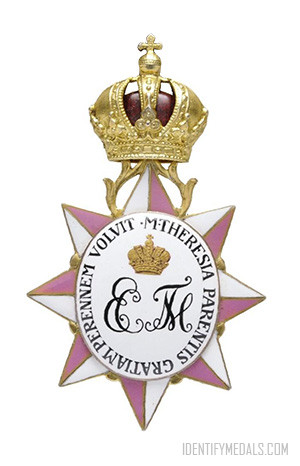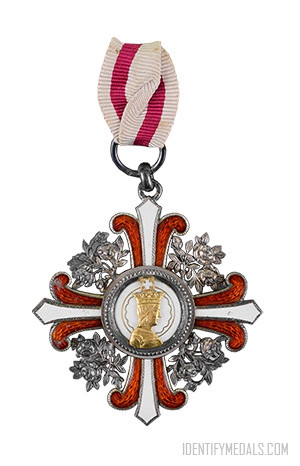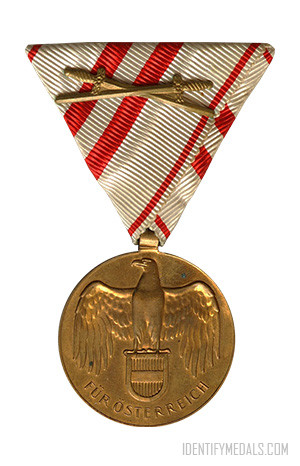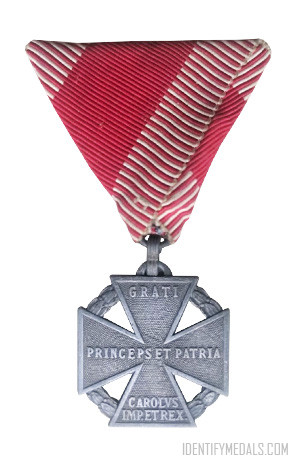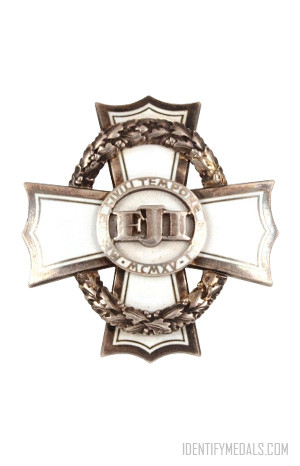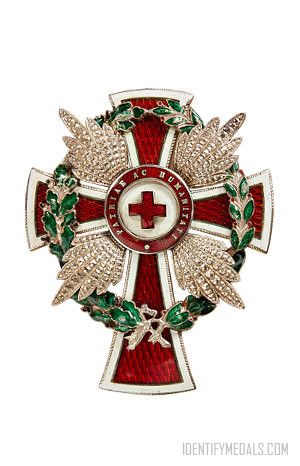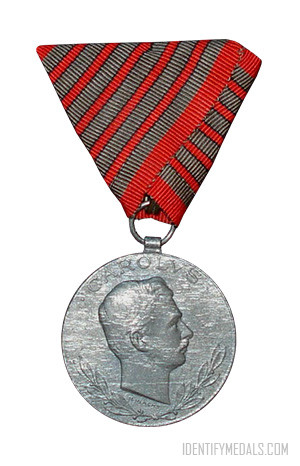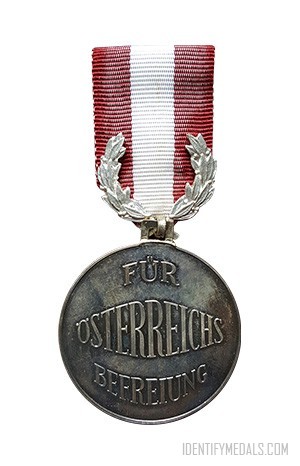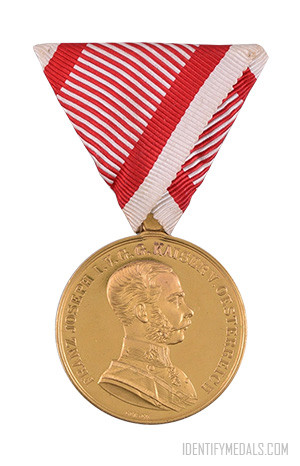- Time Period: Pre World War I
- Institution: 12 March 1890
- Country: Austria, Hungary, Austro-Hungarian Empire
The Military Merit Medal (or Militär-Verdienstmedaille in German) is a military decoration of the Empire of Austria-Hungary founded by Emperor Franz Joseph I on March 12, 1890 and only awarded to officers and officials of similar rank.
The Military Merit Medal is often referred to as the “Signum Laudis” (Latin for “Sign of Praise”) after the inscription on the reverse of the medal. It was awarded in peacetime for meritorious service and in wartime for outstanding acts, including bravery or military merit.
The medal originally came in one class, a gilt bronze version, and repeat awards were not authorized. On March 26, 1911, a Silver Military Merit Medal was founded, intended to reward those who would have earned a second award of the Military Merit Medal. It too could be awarded on either of the two ribbons. On December 13, 1916, the addition of a pair of gilt-crossed swords on the ribbon was authorized to recognize a higher grade of wartime merit.
The Military Merit Medal became obsolete with the fall of the Austro-Hungarian monarchy in November 1918.
The Military Merit Medal Design
The medal is circular and struck in bronze, silver, or gold.
The obverse shows the bust of the reigning emperor. The reverse bears the words “SIGNUM LAUDIS” (Latin for “Sign of Praise“) surrounded by a wreath, half-laurels and half-oak leaves. The Medal is surmounted by a crown (dual crowns for the Karl I type) and worn from a tri-fold ribbon.
The peacetime awards were on the statute ribbon, a red ribbon, while wartime awards were on the ribbon of the Bravery Medal, a “laddered” pattern of red stripes edged in white and with white between the “rungs”.

